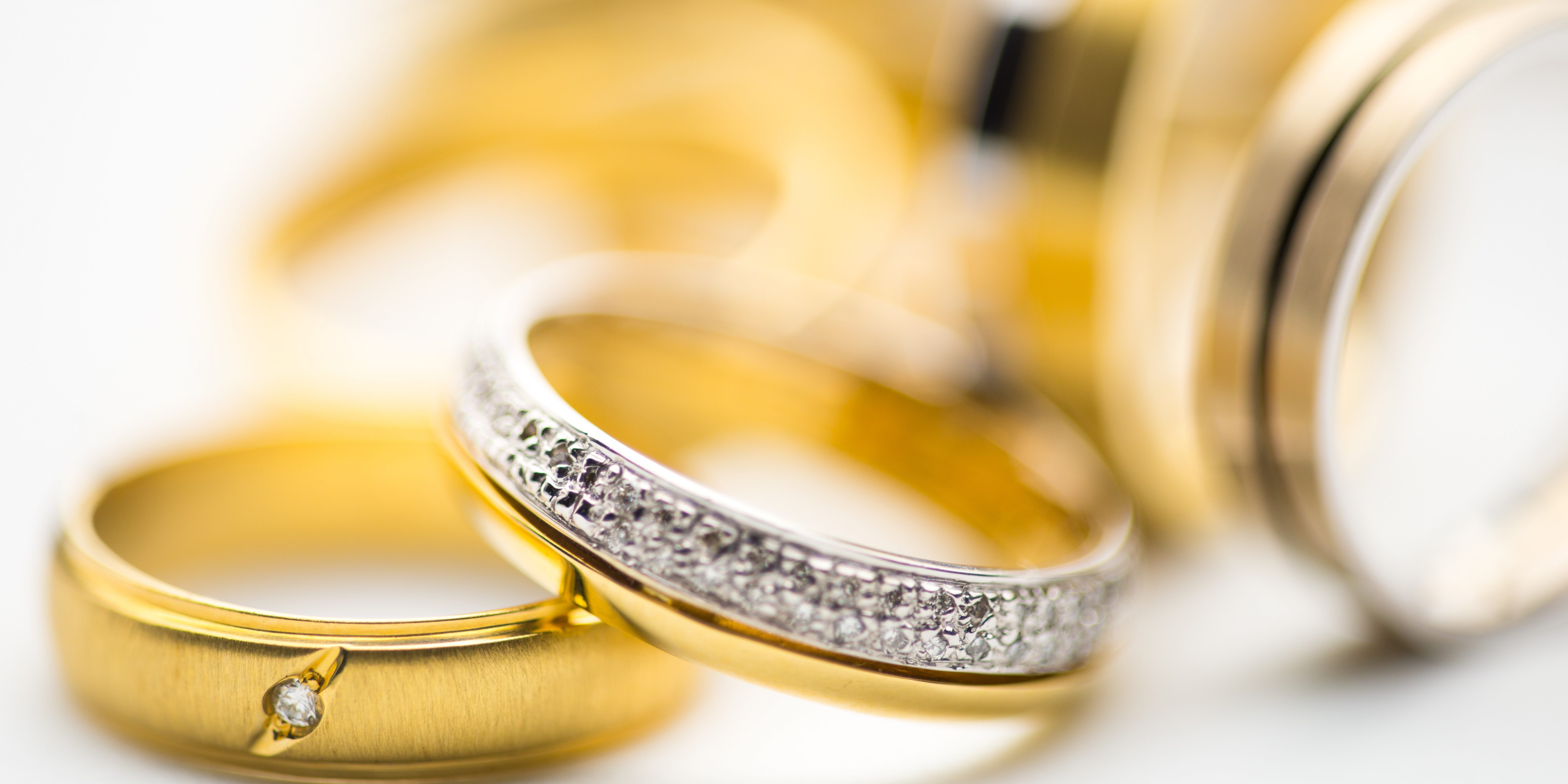The gold from electronic waste recycled into jewelry!
The manufacture of our technological equipment (television, cellular phones, (laptops) requires special materials such as gold or lithium. However, the conditions under which these minerals are extracted are often the subject of controversy.
Indeed, gold mining is not without consequences. This industry is often talked about because of the inhuman conditions in which workers work. In the heart of small artisanal mines, protective equipments are insufficient or non-existent and sometimes it is children who are sent to the mines to collect the materials.
In addition to degrading conditions, gold is extracted using caustic soda and cyanide, a process that is extremely harmful not only to the environment but also to humans. Cyanide and mercury contaminate soils and groundwater and this damage is irreversible. This exploitation is also one of the main consequences of deforestation in the Amazon.
Each year, 50 million tonnes of electronic waste are produced mainly due to unreasonable technological over-consumption, mainly in the West. Only one tonne of e-waste contains 20 times more gold than one tonne of gold ore and only 20% of this waste is recycled. However, some of them no longer end up piled up in landfills, but in Mara & Villosa’s warehouses.
A golden idea.
After research in Peru on the social impact of wild gold mining, Pascale Veerling, a Dutch anthropologist based in Utrecht, found that the damage was monstrous. Back in the Netherlands in 2015, she wanted to act by launching the Fair Gold Foundation in 2015 and then the Mara & Villosa business in 2017.
Associated with the goldsmith Judigje, they decided to use these precious materials present in our mobile phones to recycle them into jewelry entirely made with the gold of the devices: it takes 300 phones to make a ring. This second life of the components therefore makes it possible to reduce their ecological impact.
The message they want to send to the world is that gold from mines should no longer be used, but gold that is already in circulation. They are convinced that there is a “better gold that is more sustainable”.
It is up to us to make the right choice by consuming differently.
Sources : Fair Gold Foundation, Mara & Villosa
Photo credit : © Unsplash
The manufacture of our technological equipment (television, cellular phones, (laptops) requires special materials such as gold or lithium. However, the conditions under which these minerals are extracted are often the subject of controversy.
Indeed, gold mining is not without consequences. This industry is often talked about because of the inhuman conditions in which workers work. In the heart of small artisanal mines, protective equipments are insufficient or non-existent and sometimes it is children who are sent to the mines to collect the materials.
In addition to degrading conditions, gold is extracted using caustic soda and cyanide, a process that is extremely harmful not only to the environment but also to humans. Cyanide and mercury contaminate soils and groundwater and this damage is irreversible. This exploitation is also one of the main consequences of deforestation in the Amazon.
Each year, 50 million tonnes of electronic waste are produced mainly due to unreasonable technological over-consumption, mainly in the West. Only one tonne of e-waste contains 20 times more gold than one tonne of gold ore and only 20% of this waste is recycled. However, some of them no longer end up piled up in landfills, but in Mara & Villosa’s warehouses.
A golden idea.
After research in Peru on the social impact of wild gold mining, Pascale Veerling, a Dutch anthropologist based in Utrecht, found that the damage was monstrous. Back in the Netherlands in 2015, she wanted to act by launching the Fair Gold Foundation in 2015 and then the Mara & Villosa business in 2017.
Associated with the goldsmith Judigje, they decided to use these precious materials present in our mobile phones to recycle them into jewelry entirely made with the gold of the devices: it takes 300 phones to make a ring. This second life of the components therefore makes it possible to reduce their ecological impact.
The message they want to send to the world is that gold from mines should no longer be used, but gold that is already in circulation. They are convinced that there is a “better gold that is more sustainable”.
It is up to us to make the right choice by consuming differently.
Sources : Fair Gold Foundation, Mara & Villosa
Photo credit : © Unsplash
Become an agent of change by contributing to the development of Global Goodness
Even $1 can help 😉
High-quality writing is very important to members of the Global Goodness team. But no one’s perfect, so they always use Antidote to correct their texts.
Become an agent of change by contributing to the development of Global Goodness
Global Goodness is a non-profit organization.
All our costs are met by donations we receive from our users. If you enjoy positive news, please donate to support us.
Mobile Transfer
Contact name: Global Goodness
Email: donations@globalgoodness.ca
Mobile: (514) 966 4544
Bank Transfer

SWIFT: CCDQCAMM
Branch: 815—Transit: 3019—Account: 815 30197 891267
Beneficiary Name: Global Goodness
Beneficiary address: 4543 Fabre, Montreal, QC, H2J 3V7






